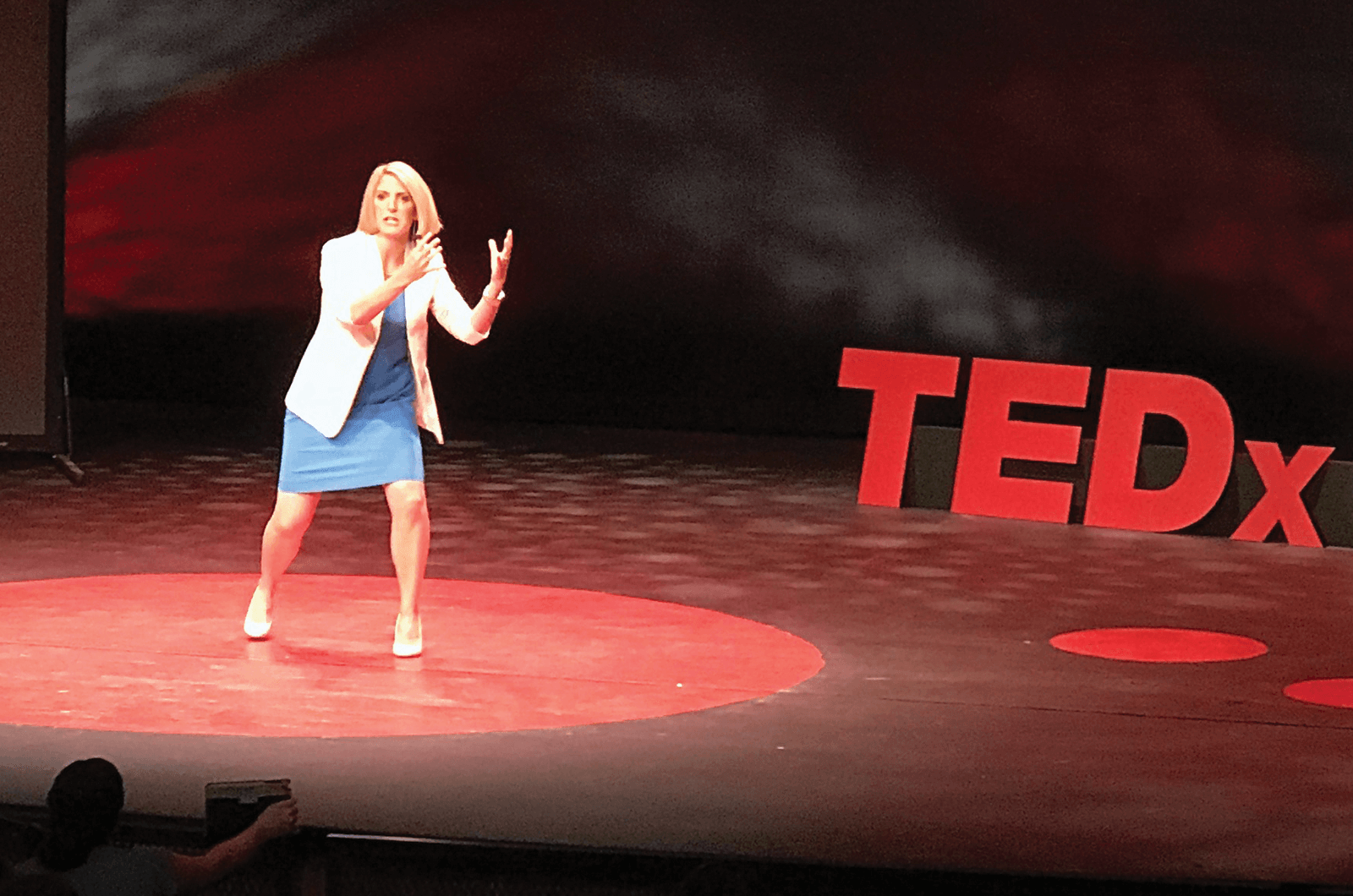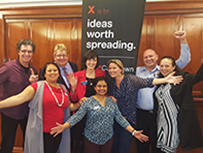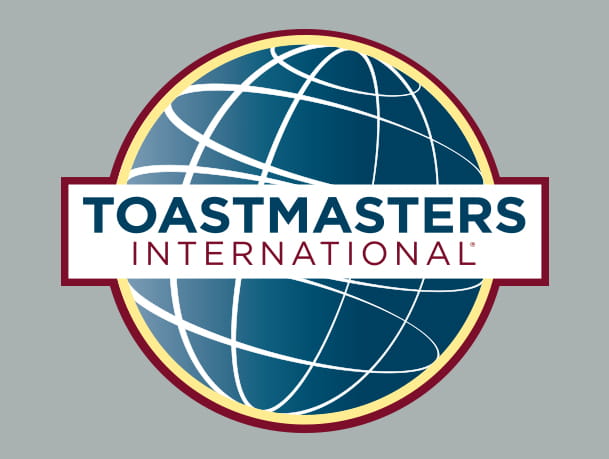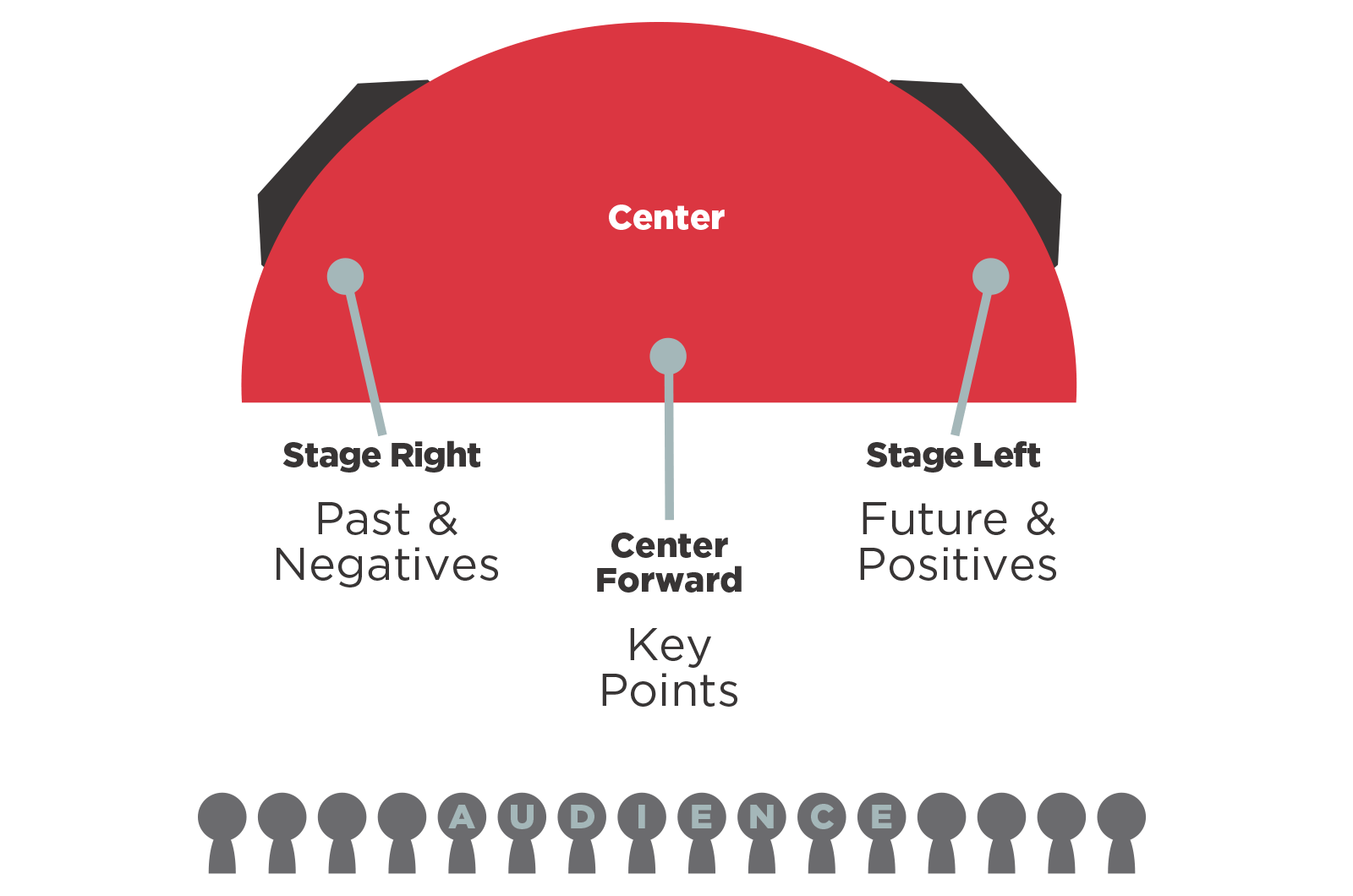Your name is called. The audience applauds. You walk out onto the red dot, under blindingly bright lights, heart racing, about to deliver your first TEDx Talk.
That scene had been a dream of mine for years, and after hundreds of hours of preparation, it finally became real for me on September 14, 2018, at TEDxOneonta in New York. If you’re a TED fan, you know how brilliant the talks are, and I wanted mine to be right up there with the best. Captivating, entertaining, thought-provoking and most of all, action-inspiring.
While my family and I were living in Ottawa, Canada, during my husband’s military assignment, I searched for nearby TEDx events and found one in Oneonta, New York, that was near enough to drive and had a great theme—“Connection.” After applying through a video submission, I was accepted within a few weeks. I was so thrilled that my idea was deemed “worth sharing,” as TED explains, and I immediately set to work on the monumental task of crafting my talk, “Snack on Exercise: Boost Your Brain, Body and Mood.”
My Toastmasters training—along with help from several veteran Toastmaster members—played an instrumental role in helping my dream go live. If you dream of speaking from the red dot yourself, I hope my story offers practical advice as well as inspiration.
1. Start with the end in mind.
Preparing for a talk of this importance involved a roller coaster of emotions. Once the date was confirmed, I was locked in—hurtling toward the deadline—with no way to slow down. My mood frequently flipped between optimistic and excited to panicked and back again.
Feeling a bit overwhelmed, I realized I needed to start with the end in mind and picture the best possible outcome. I imagined standing on the red dot, saying my final words, hearing the crowd erupt into applause, and feeling proud and elated. After all, neuroscience has proven we are more likely to achieve goals we have first envisioned.
For your next club speech or presentation at work, picture your success ahead of time. If you can, spend time in the room itself and practice your opening and closing lines so you’ll feel more confident when the moment comes to stand and deliver.
2. Stories are the star.
The biggest challenge in preparing for a TEDx Talk is the 18-minute time limit and figuring out what to leave out. I worked with my coach, Teri Kingston, DTM, and 17 iterations later, finalized the content. I ended up cutting many of the stats, stories and phrases I’d spent hours researching and crafting. Teri called this refining process “killing my darlings”—so painful are the cuts. Yet the omissions helped the core message come through. She gave me two key phrases: (1) “When you squeeze too much in, you squeeze the audience out,” and (2) “Show them, don’t tell them.”
The best way to “show” your audience is through stories. The human brain loves stories. They captivate our attention and allow us to draw striking analogies and connect on an emotional level, which is why stories often become the most memorable part of any presentation. Without stories we are left with facts, figures and statements. If you watch my talk, you might notice the seven different stories I included (some only 15 seconds long) to help bring the topic to life.
Whenever you speak—whether in a small meeting, to a large group or one on one—convey your message by telling a concise, compelling story. Try opening your next speech with one and see how it unfolds.
3. What’s in it for the audience?
Above all else, presentations must benefit the listeners. If there’s no “what’s in it for me” factor, they will quickly lose interest. To reinforce the idea, speak as if you are talking to each individual person in the audience. Use “you” statements rather than “we” statements, which dilute the impact. I changed several “What if we …” lines to “What if you … ” lines, because “you” statements call people to action on a personal level.
“When we face high-stakes situations, having familiar routines in place beforehand is vital to improving performance.”
In one of Nancy Duarte’s TED presentations, “The Secret Structure of Great Talks,” she describes a formula for a phenomenal presentation. The acclaimed presentation designer recommends connecting the audience to the status quo, then flipping back and forth, contrasting the present struggles to the benefits of a new status quo and finishing with the ideal outcome or “new bliss,” as she puts it.
I aimed to follow her formula, contrasting the benefits of snacking on exercise with the downsides of a sedentary life and finished with my dream of shifting social norms. My goal was to inspire curiosity and persuade people to try my suggestions.
By creating an audience-centric message, your impact will be greater than if you simply talk about what you want to share. Decide how you want people to feel and what you want them to do differently after your talk, then structure your message with that in mind.
4. Feedback fosters growth.
Three weeks before TEDx day, I delivered what I thought was a good version of my talk to several small Toastmasters groups. Their insightful feedback helped immensely to elevate my presentation.
For example, Craig Senior, DTM, made me aware of a bad habit that I was oblivious to—leaning forward and speaking with a breathy voice. I realized that I tended to lean forward in an effort to connect with the audience. Yet this rounded-shoulder posture constrained the way I spoke, preventing me from projecting my voice properly. Craig lent me a fantastic book called Voice Power by Joan Kenley, and I used her breathing exercises and “body-speak” technique to correct the habit.

Often, we don’t know what we don’t know. Feedback from a skilled coach or mentor is essential to seeing and then mending bad habits. The more open to feedback you are, the more you will grow.
5. Preparation pays off.
There is absolutely no substitute for practice. In the final weeks, I recorded and reviewed my delivery almost daily. I wore my full outfit, used a countdown timer and clicked through my slides so that everything was as close to “the real thing” as possible.
Frank Schilder, DTM, taught me to watch videos of my speech in three distinct ways: with sound, without sound and listening to the audio only. This helped me focus on and improve each aspect of my verbal and nonverbal communication.
I also delivered the talk live to four Toastmasters clubs, which gave me a feel for the laughter points and the timing of the audience-interactive parts of my speech. When the actual event arrived, my talk felt so natural that I was able to deliver it virtually word for word.
Practice, along with video feedback, will give you the confidence to deliver a stellar talk on the day.
6. Routines rule.
When we face high-stakes situations, putting familiar routines in place beforehand is vital to improving performance. Like an Olympic athlete using a routine to center themself before walking to the starting line, I focused on my mental preparation. On the day of my talk, I walked in nature and took a recharge nap. I arrived at the venue three hours early, allowing plenty of time for a final tech check.
I put on a calming essential oil, drank “throat rescue” tea and listened to my favorite Ed Sheeran songs while doing my makeup. These familiar routines kept me calm and centered, despite my flowing adrenaline. In the final few minutes backstage, I practiced the “power poses” advocated by psychologist and TED speaker Amy Cuddy. I breathed diaphragmatically and reminded myself to pause.
Before I knew it, I was delivering my first line. Right out of the gate, the crowd was wonderful—beautifully engaged and quick to laugh. It was an exhilarating experience. After my final words, I walked backstage on shaky legs and burst into tears, overcome with a huge sense of relief. I had done it! All without fainting, going blank or falling off the stage.
7. Just be you.
While preparation is vital, the biggest challenge with memorizing an entire speech is not to sound stilted or dry. Moments before stepping out onstage I reminded myself to be present, to connect with the audience and to have fun! As leadership expert Brené Brown says, it’s our vulnerability and authenticity that truly allow us to connect. “Strong back, soft front.” In other words, always let people see the real you.
During my TEDx Talk, I shared my story of being diagnosed with gestational diabetes while carrying my third child. Sharing this personal and painful story about the moment that led to my own health crusade that would later inspire this very talk almost made me break into tears—the pain of the memory was so vivid. Unexpected as my emotional reaction was, it enhanced my message in the moment. Many parents in the audience told me later how impactful that story was for them.
On the day of my talk, the most important thing I did was be authentic and share my message with all the passion I could muster. That is all we can ever do.
What about you? Perhaps, as a Toastmaster and speaker, you envision yourself on the TED stage one day. If you love a good challenge, have a great idea and are prepared to work, you can absolutely make that dream come true. All you need is determination, help from fellow Toastmasters and the passion to keep pursuing the best talk you can possibly give.
Lauren Parsons, DTM, AS is an award-winning wellbeing specialist, New Zealand’s Keynote Speaker of the Year and Educator of the Year 2023, TEDx speaker, author of Thriving Leaders, Thriving Teams, and host of the Thrive TV Show. She is a sought-after speaker who helps organizations create a positive, energized team culture where people thrive. Visit laurenparsonswellbeing.com.
Related Articles

Club Experience
ToastED: a Toastmasters Club with a Focus on TEDx Talks

Communication



 Previous
Previous
 Stage to Engage
Stage to Engage
 Previous Article
Previous Article
